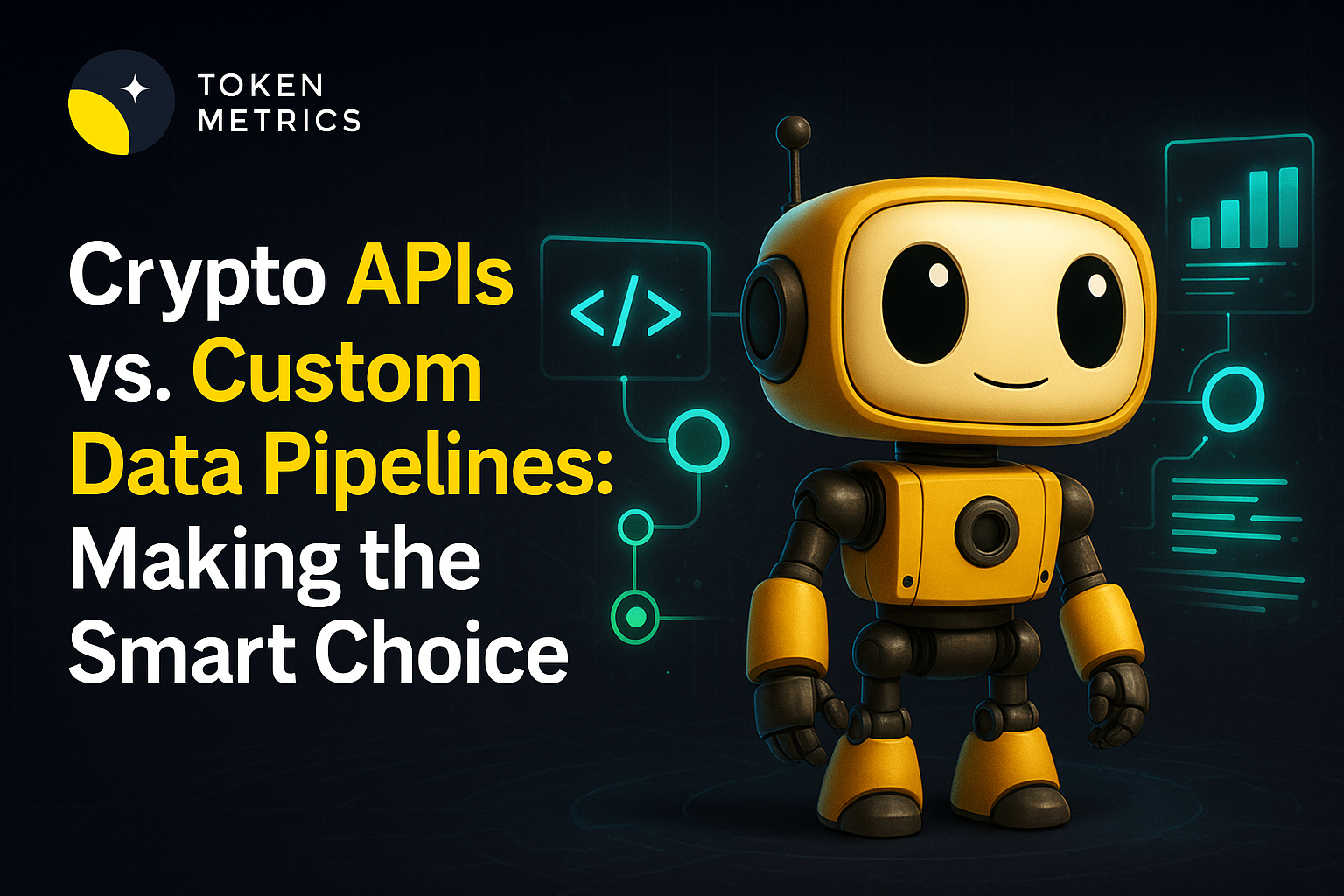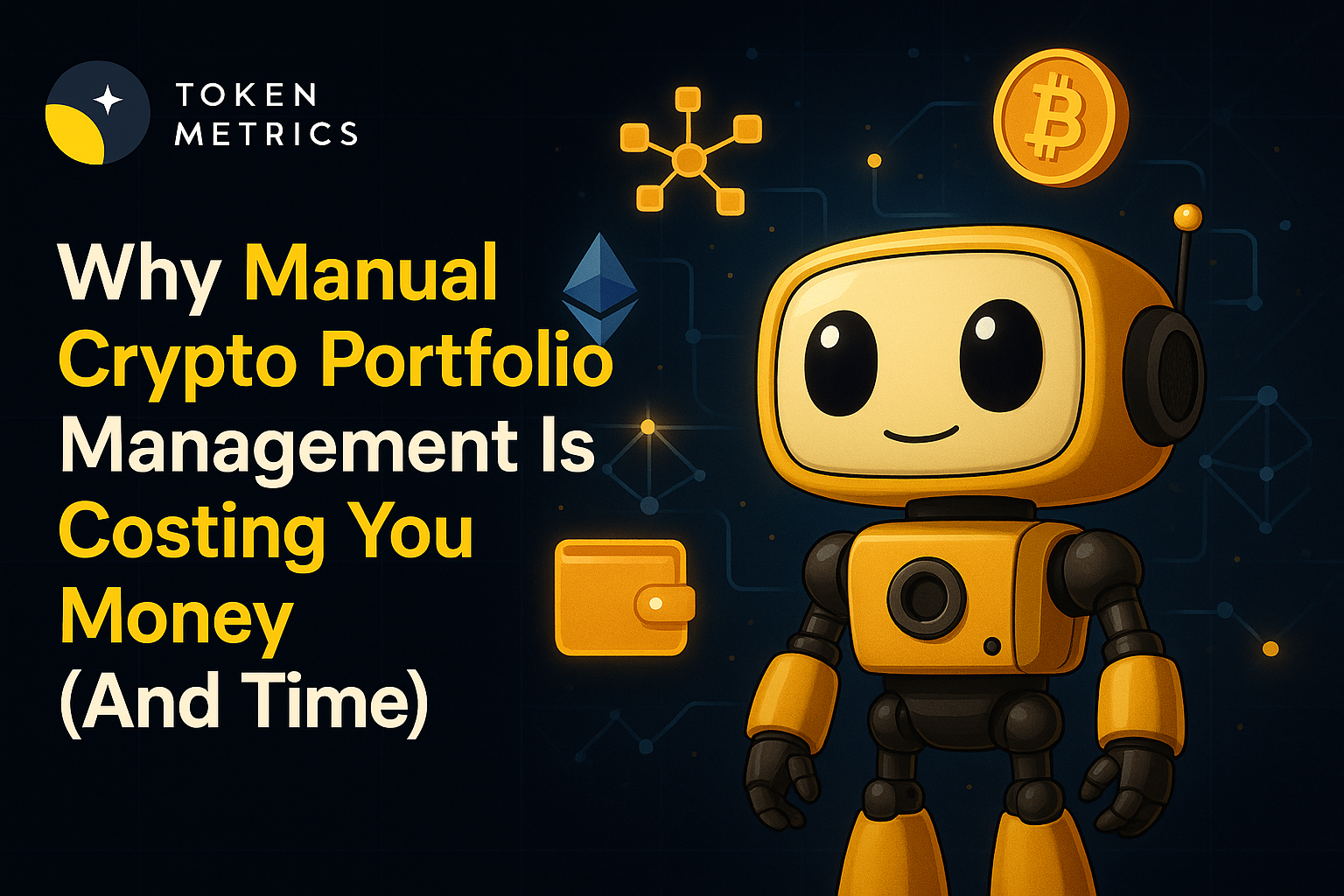
Understanding Crypto APIs: REST, WebSocket, and GraphQL Explained

The explosive growth in cryptocurrency and blockchain technology has spawned a thriving ecosystem powered by data, automation, and real-time analytics. At the heart of this innovation are APIs—critical tools that connect crypto apps, trading platforms, wallets, and analytics dashboards to the blockchain or market data providers. But not all crypto APIs are created equal. Understanding the differences between REST, WebSocket, and GraphQL APIs can unlock new opportunities for enhanced performance, user experience, and scalability in your crypto projects.
What Is a Crypto API?
APIs, or Application Programming Interfaces, act as bridges allowing different software systems to communicate with each other. In the context of cryptocurrency, APIs provide access to blockchain data, market price feeds, historical charts, transaction alerts, order book updates, and even smart contract interactions. Crypto APIs make it possible for developers and analysts to:
- Fetch real-time and historical market data
- Automate trading strategies and order execution
- Monitor blockchain transactions and on-chain activity
- Power wallets, portfolio trackers, dashboards, and bots
APIs differ in how they deliver information, their performance characteristics, and their flexibility. The three dominant types—REST, WebSocket, and GraphQL—each have unique strengths and best-fit scenarios.
REST APIs: Simplicity and Universality
REST (Representational State Transfer) APIs are among the most widely used in the crypto world. REST APIs rely on standard HTTP methods (like GET, POST, PUT, DELETE) to request or update data. Each endpoint URL represents a specific resource—for example, current price data for BTC/USD or historical trades.
- How They Work: Clients (apps, bots, dashboards) make discrete requests to the API server, which returns data in structured formats like JSON.
- Key Advantages: Simplicity, ease of integration, broad compatibility with web frameworks, and excellent for occasional or low-frequency data requests.
- Limitations: REST APIs are request/response based; they don’t notify clients of changes in real time. Polling for frequent updates can be inefficient and resource-intensive.
REST remains the backbone of many data feeds, exchange integrations, and base-level blockchain explorers due to its universality and reliability.
WebSocket APIs: Real-Time Data Delivery
For high-speed trading, instant alerts, or live order book monitoring, REST’s limitations become apparent. This is where WebSocket APIs excel. WebSockets enable persistent, bidirectional communication between client and server. Once the connection is established, data flows in real time—no need for repeated requests.
- How They Work: A single handshake creates an open channel, through which servers push updates (like trade events or price changes) instantly to the client.
- Key Advantages: Near-zero latency for real-time applications, reduced bandwidth from avoiding repeat requests, and critical for trading algorithms, market making, and instant notifications.
- Limitations: Slightly more complex to implement, may require session management, and not always ideal for longer, less frequent data retrieval.
Any serious trading or live data dashboard in the crypto space will rely—at least in part—on WebSocket connections for their core user experience.
GraphQL APIs: Flexible and Precise Data Queries
GraphQL, developed by Facebook, is a query language and runtime for APIs, and has gained traction in advanced crypto analytics and on-chain data services. Unlike REST, which returns fixed data structures, GraphQL allows clients to specify exactly what information they need in a single request.
- How They Work: Clients send queries describing the shape and depth of data required; the server responds with exactly that data—nothing more, nothing less.
- Key Advantages: Efficiency (fewer round-trips), custom-tailored results, and the ability to fetch nested or relational blockchain data in a streamlined way.
- Limitations: Steeper learning curve, more complex serverside implementation, and not all providers currently support GraphQL endpoints.
GraphQL excels in scenarios demanding detailed, structured blockchain analytics, research dashboards, and customizable front ends that aggregate several data types.
Choosing the Right Crypto API Type: Practical Considerations
Which API architecture should you use for your crypto development or analytical projects? The answer depends on multiple factors:
- Data Freshness: Need real-time prices and alerts? Go with WebSockets. For daily portfolio sync, REST is usually enough.
- Integration Complexity: REST is best for straightforward, common data tasks. GraphQL is more powerful for deep analytics—if you have the technical bandwidth.
- Bandwidth Efficiency: WebSockets minimize repetitive calls, ideal for environments with strict rate limits or high-frequency trading.
- Custom Data Needs: Complex dashboards, deep analytics, or apps pulling from several data types often benefit from GraphQL’s flexibility.
Many crypto apps combine these models—using REST for core data, WebSocket for live streams, and GraphQL for specialized research queries. Leading APIs—including Token Metrics—offer a blend of these approaches, allowing developers and analysts to match API features to use case requirements.
Build Smarter Crypto Apps & AI Agents with Token Metrics
Token Metrics provides real-time prices, trading signals, and on-chain insights all from one powerful API. Grab a Free API Key
FAQ: Crypto API Types
What is the difference between REST and WebSocket APIs in crypto?
REST APIs use single, on-demand requests for data, returning results each time a client asks. WebSocket APIs establish a persistent connection, enabling real-time, two-way updates perfect for live price feeds, trading platforms, and instant notifications.
Are GraphQL APIs common in the crypto industry?
GraphQL APIs are increasingly common for advanced research platforms, analytics dashboards, and projects needing complex, tailor-fit data queries. While REST and WebSocket remain more widespread, GraphQL’s adoption is growing rapidly among leading data providers such as Token Metrics.
Is one type of crypto API better than the others?
Each API type has unique use cases—REST for simplicity and familiarity, WebSocket for real-time needs, and GraphQL for precision and customization. Many modern platforms offer a mix, allowing you to choose the most effective tool per feature.
Can I use multiple API types in one crypto project?
Yes. Many robust crypto platforms and tools combine REST for standard data queries, WebSocket for live updates, and GraphQL for advanced analytics to provide comprehensive, efficient functionality.
What security precautions are needed when using crypto APIs?
Always secure API keys, use HTTPS, respect rate limits, and implement proper error handling. Choose reputable providers like Token Metrics for consistent data quality and platform security.
Disclaimer
This article is for educational and informational purposes only. It does not constitute investment advice, trading recommendations, or offer guarantees of performance. Always conduct independent research and use APIs in accordance with their respective terms and conditions.

.svg)

Create Your Free Token Metrics Account

.png)




%201.svg)
%201.svg)


%201.svg)









.svg)




.png)